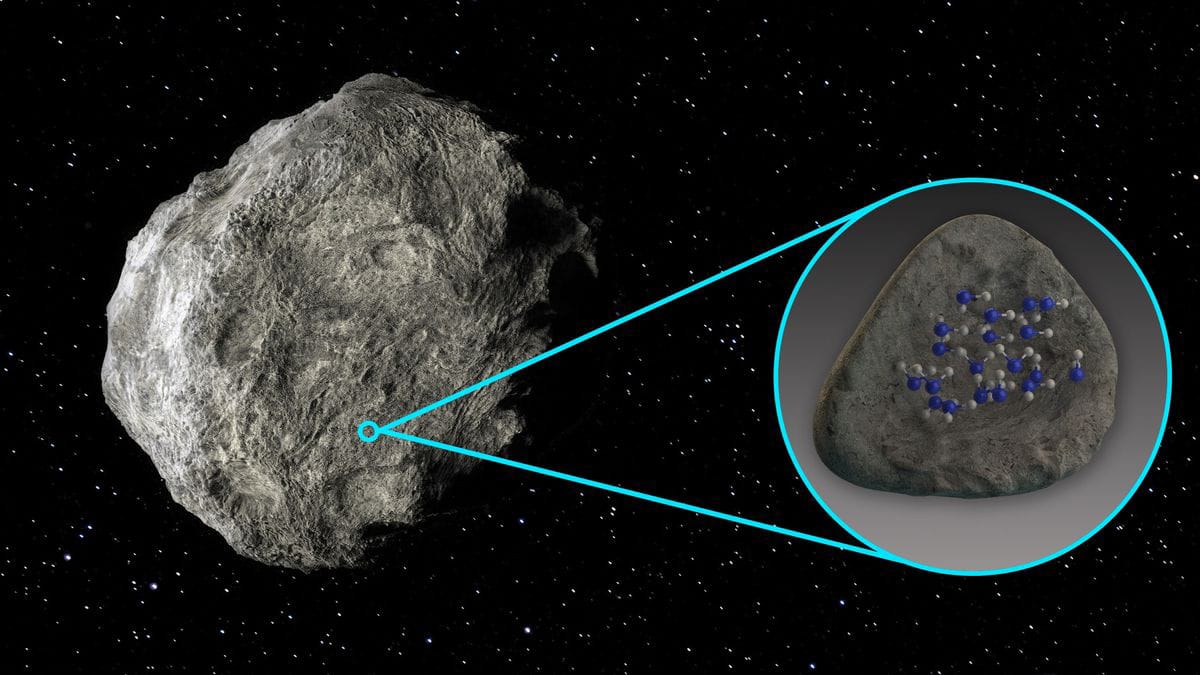Water molecules have been detected on the surface of an asteroid for the first time. Astronomers believe that the impact of all the asteroids that crashed into our habitable planet created water and other important elements on the early Earth.
Data are collected from an instrument at the Stratospheric Observatory built for the Infrared Astronomy Airborne Telescope. The infrared telescope known as SOFIA continues to observe the universe aboard a Boeing 747SP aircraft through the stratosphere above Earth’s atmosphere.
Astronomers using the Faint Object Infrared Camera attached to the SOFIA telescope have detected water molecules in two asteroids—Iris and Massalia—one of the asteroid belts between the orbits of Mars and Jupiter. Both asteroids are more than 223 million miles from the Sun. CNN published a report on the journal Planetary Science on Friday (February 16).
Chief researcher of the Southwest Research Institute of San Antonio. Anicia Arredondo said astronomers were encouraged to pursue new research on the asteroid after finding water on the moon through telescopes. In a statement on behalf of NASA, it is said that the position of the gaseous planet named WASP-96b is 1 thousand 150 light years away.





